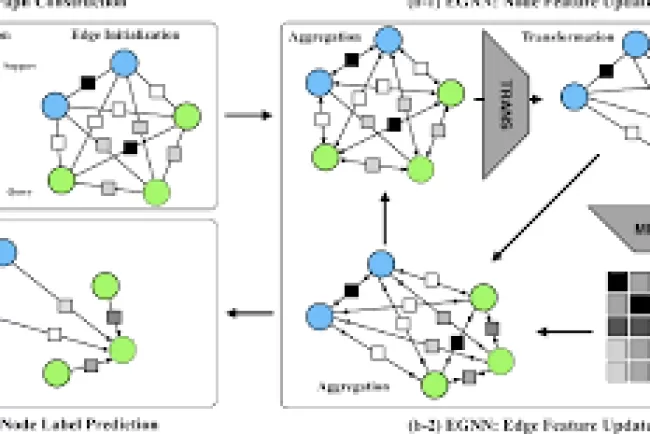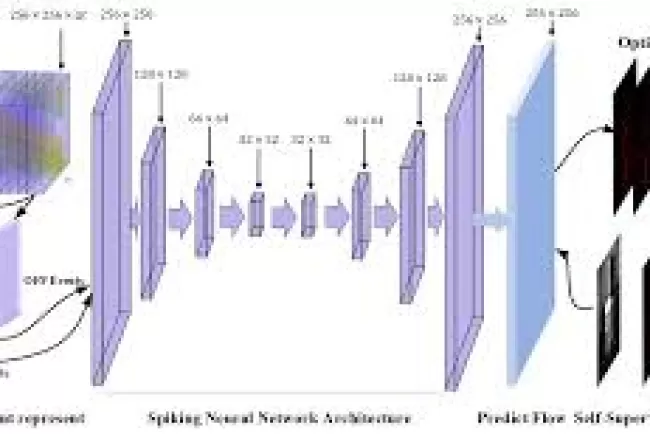Optimizing Large Language Model Training Using FP4 Quantization
Large Language Models (LLMs) have revolutionized natural language processing by significantly enhancing capabilities across various domains. However, the growing scale and complexity of these models introduce substantial computational demands. As models like GPT-4 and LLaMA continue to expand in size and performance, training these models becomes an increasingly expensive endeavor in terms of both time and resources.

One promising approach to address these challenges is quantized training, which reduces the precision of numerical operations, leading to reduced memory requirements and faster computations. While FP8 precision has been proven to be effective, FP4 (4-bit) precision offers even more substantial benefits, enabling drastic reductions in computational costs. However, leveraging FP4 presents significant challenges due to its limited representational capacity, often resulting in accuracy degradation due to quantization errors. This work introduces the first FP4 training framework designed specifically for LLMs, overcoming these challenges with innovations that allow FP4 to achieve comparable performance to higher precision formats like BF16 and FP8.
The Challenge of Training LLMs with FP4 Precision
Computational Bottlenecks
Training large models like LLaMA and GPT-4 requires tremendous computational resources. For instance, training a model with hundreds of billions of parameters on thousands of GPUs for several weeks requires considerable energy and financial investments. The use of lower-bit precision formats can mitigate these costs, but directly quantizing models to FP4 has proven difficult. FP4 allows for only 16 distinct representable values, a severe limitation that can cause significant accuracy degradation due to overflow and underflow issues.
Advantages of FP4 Precision
Despite these challenges, FP4 precision offers considerable advantages. For example, it could theoretically double computational throughput over FP8, making it highly attractive for future model training. However, training models with such low-bit precision is still a novel area of research, and existing quantization methods fail to address the full set of challenges FP4 entails.
Innovations in FP4 Training
This paper introduces key innovations to make FP4 feasible for training large language models:
-
Differentiable Quantization Estimator (DGE):
- The primary challenge with quantization is that the quantization function is non-differentiable, making it hard to backpropagate gradients for weight updates. The Differentiable Gradient Estimator (DGE) method overcomes this by providing a smooth, differentiable approximation to the quantization function, allowing for accurate gradient updates even when using FP4 precision.
- DGE works by introducing a correction term to account for errors introduced by quantization. It ensures that the forward pass retains the computational benefits of FP4, while the backward pass can still adjust weights effectively by incorporating accurate gradient estimations.
-
Outlier Clamping and Compensation (OCC):
- Activation tensors, which represent intermediate results in a neural network, often contain outliers—values that are much larger than the rest of the tensor's values. These outliers cause a disproportionate expansion of the tensor's dynamic range, leading to overflow and underflow during FP4 quantization.
- To mitigate this, the OCC method clamps outliers to a predefined threshold, reducing their impact. By identifying and clamping the outliers based on quantile thresholds, the method prevents excessive loss of information. Additionally, a compensation strategy is applied to account for the clamping error, ensuring the model's performance remains stable.
Experimental Results
FP4 vs. BF16 and FP8
To validate the proposed FP4 training framework, we conducted experiments using models with up to 13 billion parameters and trained on 100 billion tokens. The results demonstrated that models trained with FP4 showed accuracy comparable to BF16 and FP8 models, with only a minimal degradation in training loss. This result was consistent across various downstream tasks, where FP4-trained models performed competitively in zero-shot evaluation.
By leveraging NVIDIA's H100 GPUs—which support FP8 tensor cores—we were able to emulate FP4 computations effectively. The results highlight FP4's potential for efficient training without sacrificing performance. The next-generation Blackwell GPUs, which are expected to support native FP4 tensor cores, will likely enable even greater speed-ups, making FP4 a viable option for training even larger models.
Methodology
Quantization of Weights and Activations
The core of FP4 training lies in the quantization of both the weights and activations of the model. In a typical linear layer, the activation tensor is multiplied by the weight tensor to compute the output . To make full use of FP4 tensor cores, both the activations and weights must be quantized to FP4 precision.
The FP4 quantization is implemented using a look-up table that maps higher precision formats like FP16 to FP4 values. The quantization is done using the absmax method, which scales the tensor values based on the maximum absolute value of the tensor, ensuring proper scaling during quantization.
Differentiable Gradient Estimation
During backpropagation, the gradients with respect to the weights and activations need to be computed. Due to the non-differentiable nature of the quantization function, directly computing gradients with respect to quantized weights is not possible. The Differentiable Gradient Estimator (DGE) provides a way to approximate the gradient of the quantization function, ensuring that gradients are propagated correctly through the network.
The DGE uses a smooth approximation of the quantization function, which is differentiable. By computing the gradient of this approximation and applying it to the weights during backpropagation, we ensure that training remains stable and efficient, even at ultra-low precision.
Outlier Clamping and Compensation (OCC)
Activation tensors often contain outliers that significantly disrupt the quantization process. To address this, the Outlier Clamping and Compensation (OCC) method is employed. This method identifies the outliers based on their absolute magnitudes and clamps them to a predefined threshold. The OCC method is particularly effective in maintaining the structure of the tensor and preventing overflow or underflow during quantization. Additionally, the compensation step ensures that the loss of information due to clamping is minimized.
Conclusion
The introduction of FP4 quantization for training large language models presents a significant step forward in reducing computational demands while maintaining high accuracy. Through the proposed Differentiable Gradient Estimator (DGE) and Outlier Clamping and Compensation (OCC) methods, we have demonstrated that FP4 can be used effectively to train LLMs with minimal loss in performance. The results show that FP4 quantization can scale to large models, enabling faster and more efficient training without compromising accuracy. With the continued development of hardware that supports FP4, this framework sets a solid foundation for future research and the adoption of ultra-low precision in large-scale model training.
As next-generation GPUs begin to natively support FP4, we anticipate further improvements in computational efficiency, making FP4 a key technology for the future of LLM training. Our open-source code will facilitate further exploration and application of this technique in the field of AI.
What's Your Reaction?

















